Juicer vs Blender: the pros and cons of both
Curious about what's better between a juicer vs blender? We've asked the experts to find out which would suit you best
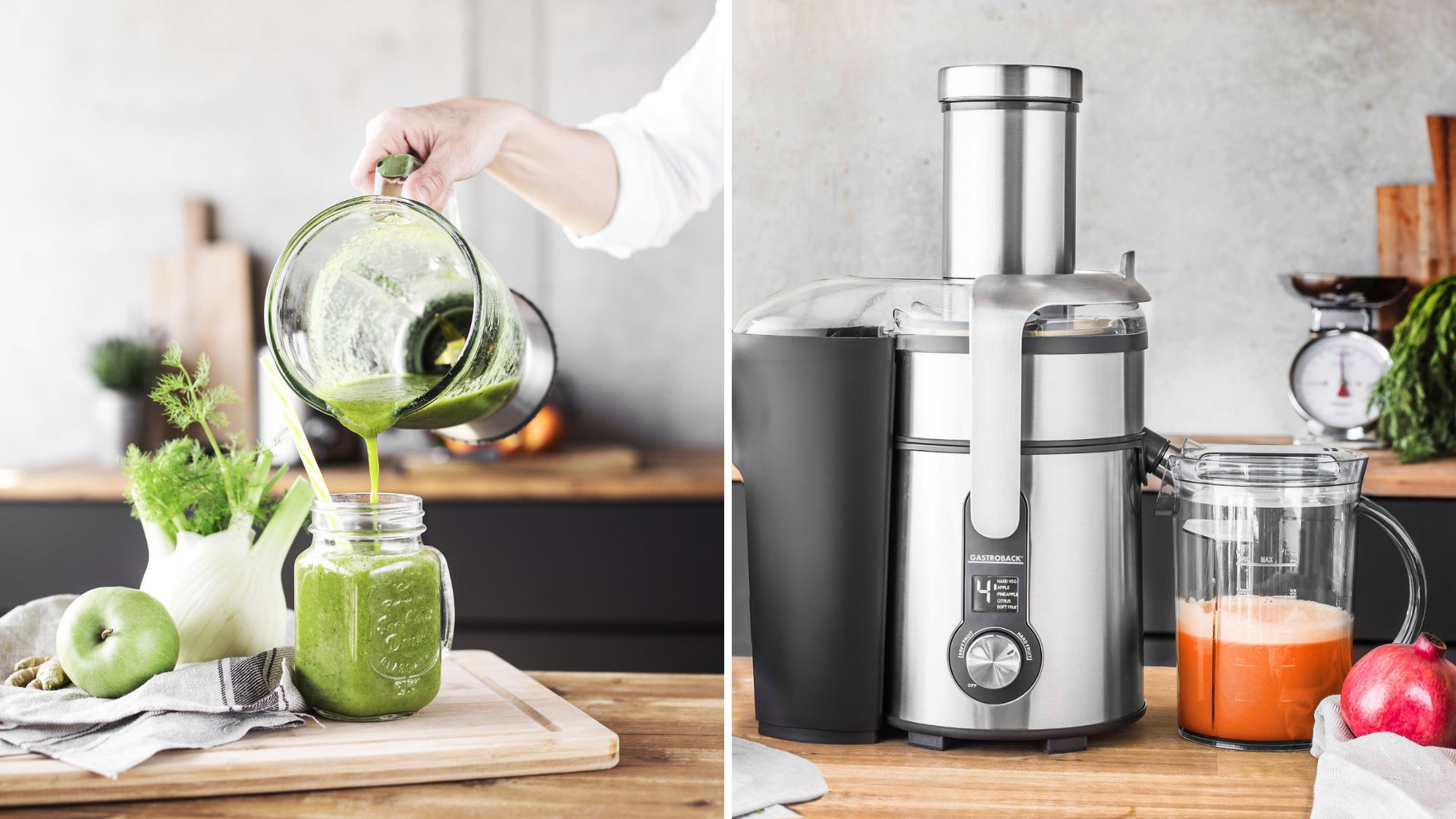

Laura Honey
When you're thinking about cultivating a healthy morning routine, a juicer or a blender (or possibly both) will be front-and-centre. They're both easy ways to boost your fruit, veg, vitamins, and fibre intake, but which is better, a juicer or a blender?
Every home has a different idea of what they want from their morning drink. The best blenders are an easy way to add fibre to your diet. I speak from experience when I say that you can whizz up a lot of less appetising ingredients into something really quite delicious if you have a good blender and recipe book.
Juicers on the other hand extract liquid from the fruits and vegetables that you give them, so you'll need to look for other ways to add fibre to your diet. These clever machines deliver crisp, nutrient-dense drinks that can give you a good boost or shot, especially when you're feeling run down.
To help you break down the differences between juicers and blenders, I've asked tech experts, health professionals and chefs for their guidance and top tips. By the time you've read through this, you'll know exactly which appliance you need (and I'll have given you a suggestion too).
Juicer vs blender: what is the difference?
Let's start with the fundamentals. Whilst both machines create drinks from fruits and vegetables, that's about all that they have in common. The processes that they use are actually vastly different.
How does a juicer work?
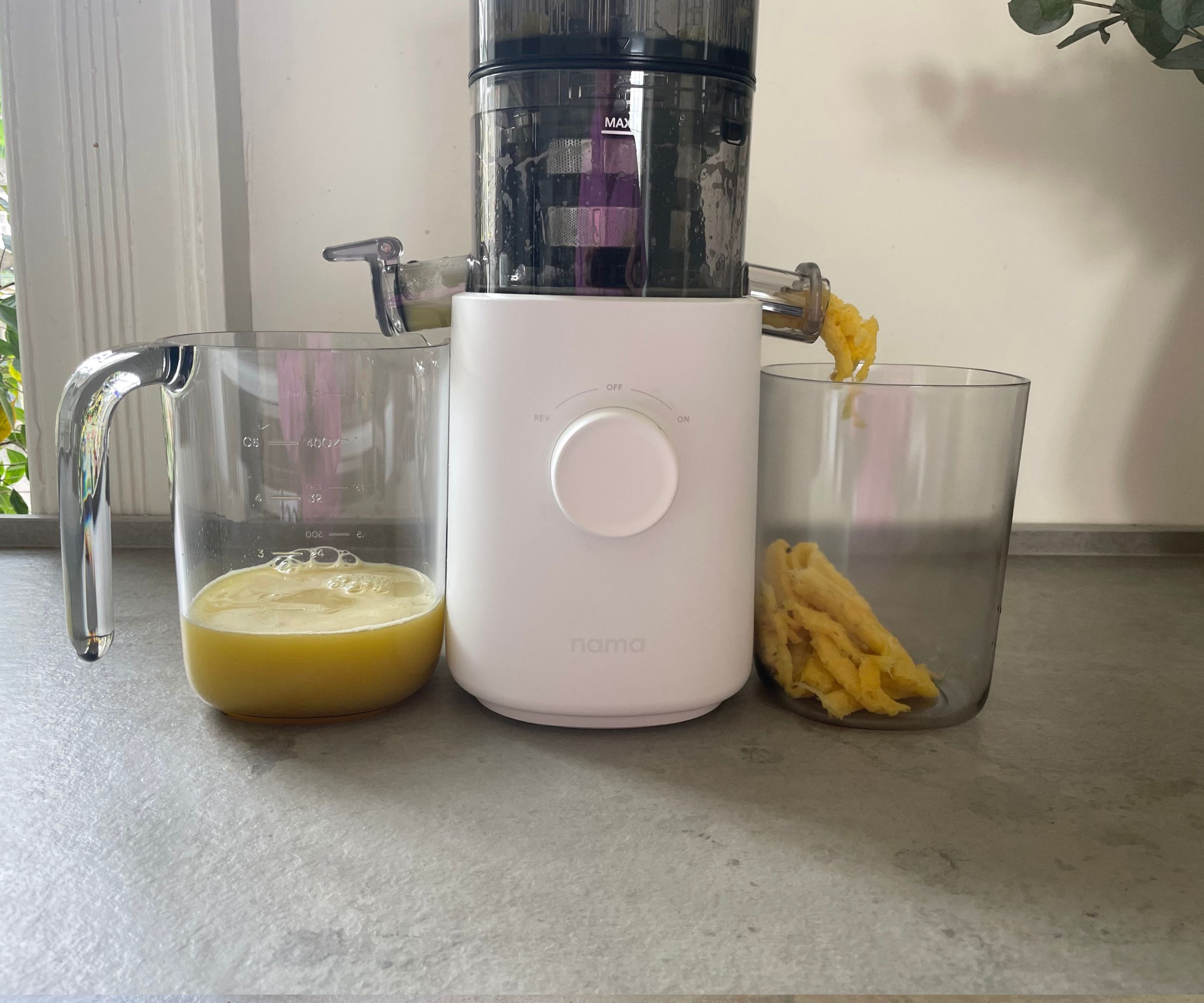
Juicers squeeze, crush or grind the pulp from the liquid in fruits and vegetables to produce a mostly clear liquid. People typically love a juicer for helping to quickly and easily get more healthy foods into their diet.
With a juicer, you’re left with most of the vitamins and minerals, plus the plant chemicals found in the whole raw ingredients. Making a nutritious and delicious juice does require some skill though, Claire Hughes, Director of Own Brand Product Development and Innovation at Sainsbury's says "a good juice balances taste and nutrition, so really consider what your nutritional goals and preferences are when you're looking for a juice and prioritise ingredients that support these. For example, our Sainsbury’s Raw Pressed Juice range contains ginger, turmeric and spirulina, to support your immune system with beneficial vitamins and minerals such as vitamin C, D and Zinc."
Sign up to our free daily email for the latest royal and entertainment news, interesting opinion, expert advice on styling and beauty trends, and no-nonsense guides to the health and wellness questions you want answered.
It's also important that you find a juicing method that suits you. Claire, shares that Sainsbury's uses a "cold-press high-pressure process to maximise the retention of nutrients and freshness," which you can actually replicate at home if you buy the right kind of juicer.
Laura, our eCommerce Editor, is a daily juicer. "I didn't think I would ever switch out my morning smoothie for a juice, but I love having one in the kitchen. I use mine to make immunity-boosting ginger shots, which I drink daily, as well as my own almond and oat milks too."
In her years as a product tester, Laura has tested some of the best juicers on the market. Here are the ones she recommends:
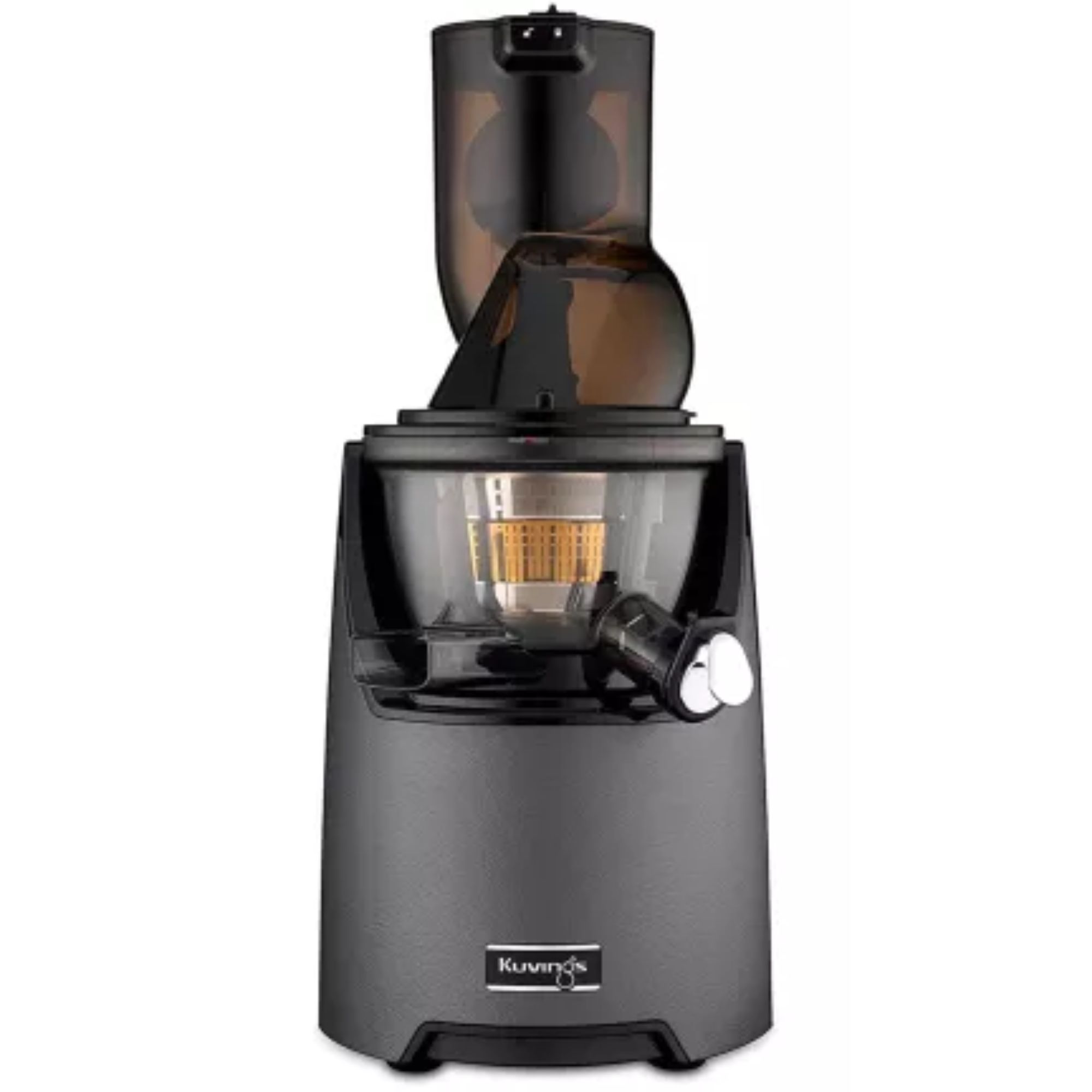
If you're stuck between blenders and juicers, this is your solution. It can do both blending and juicing in equal measures. The Kuvings is stylish and efficient across the board too.
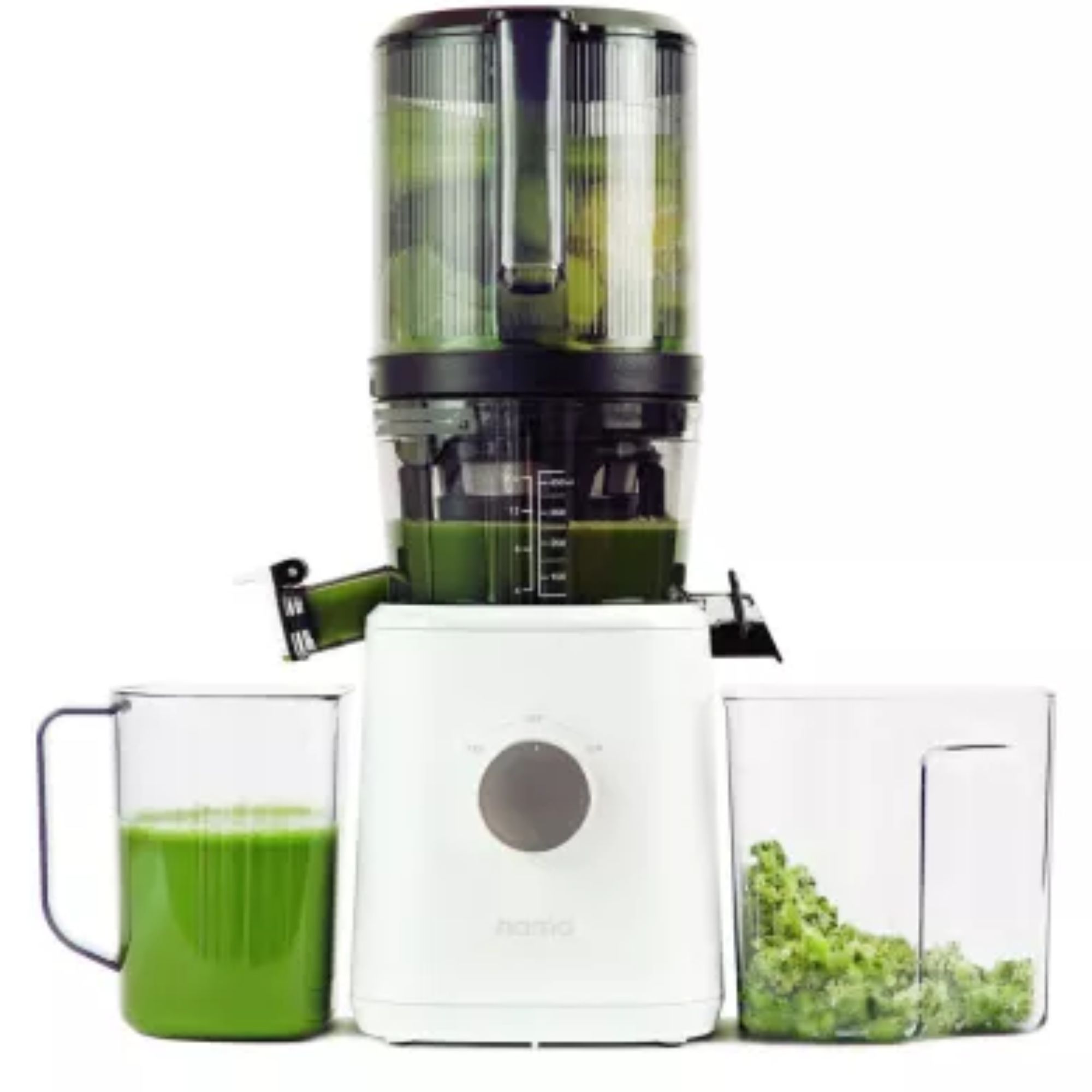
I saved up to buy the J2 because it is the best juicer I ever tested. Not only is it super stylish (who knew a juicer could be classed as decoration), it's simple, and makes delicious juices too. I've been the envy of my friends and family ever since I bought one.
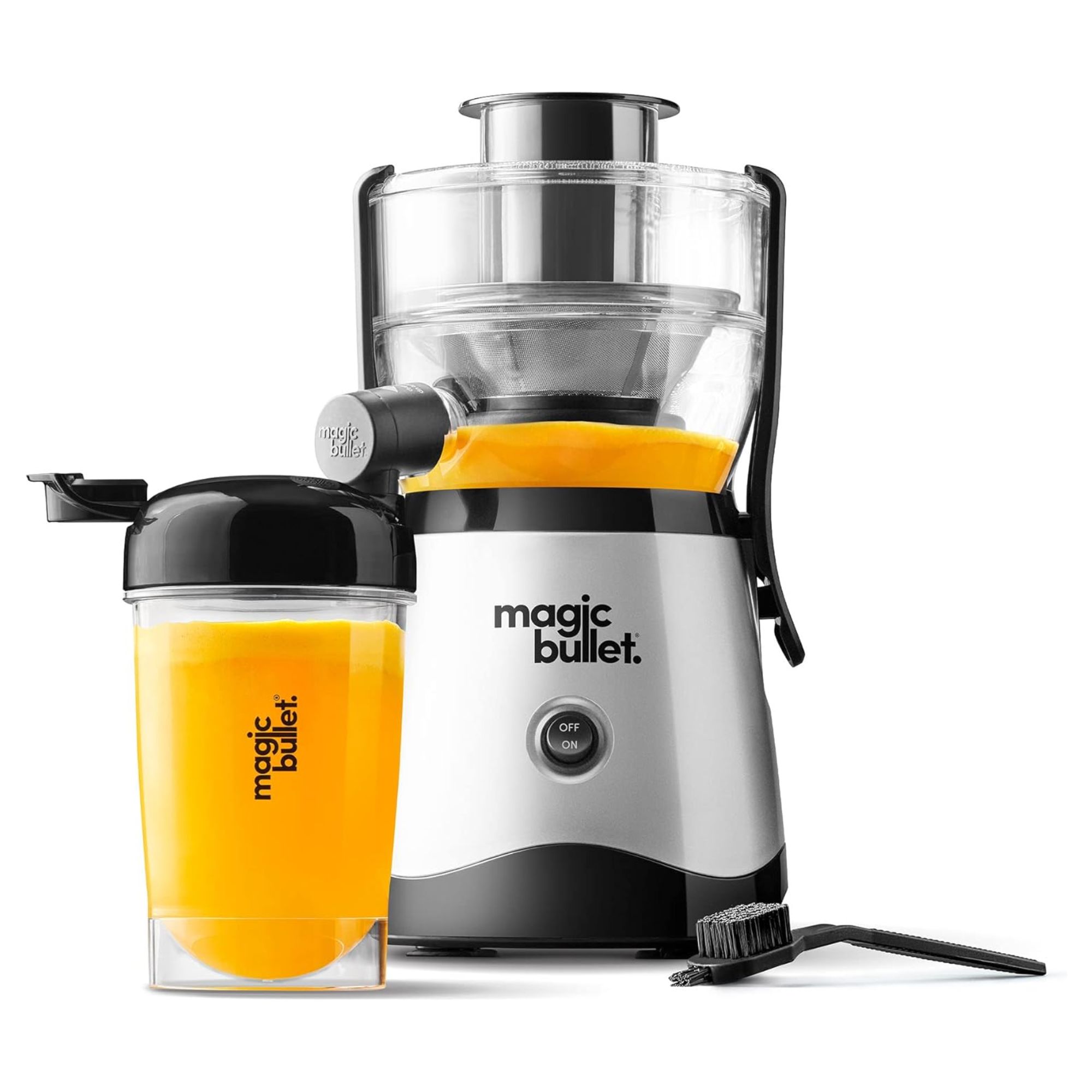
For the price, it doesn't get better than this. The machine spins and chops your ingredients, so you won't get every last drop out of your fruit and veg. However, you'll still get a great glass of fresh juice. I used this every day until I could buy a Nama.
How does a blender work differently?
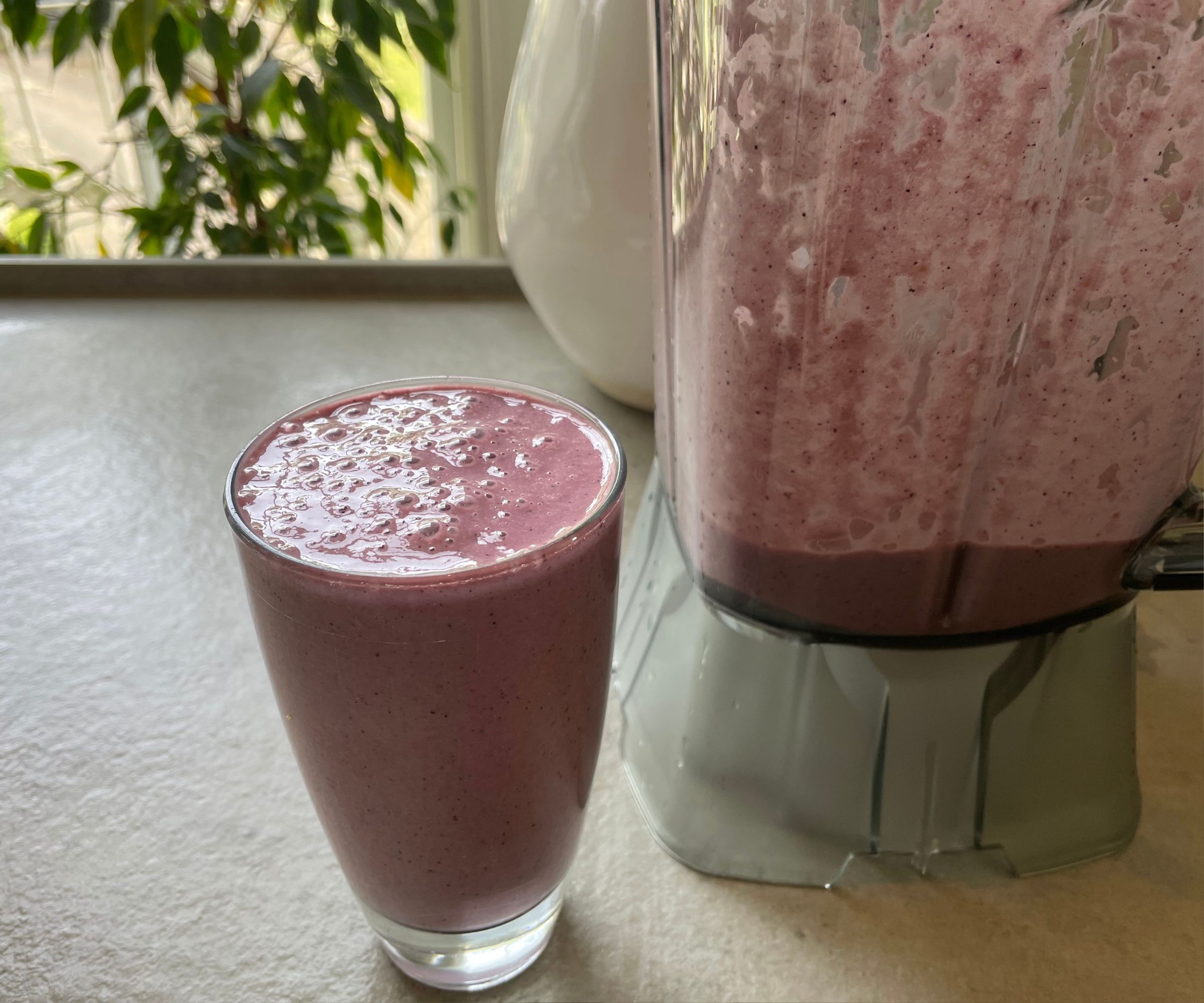
Blenders come in a few different shapes and sizes. I'll stick with the classic countertop blender for all of our comparisons here, but there are also stick blenders (the kind you'd use for soups) as well as bullet blenders and single-serve models (essentially Nutribullets) that you might consider.
As their name suggests, blenders blend ingredients, typically using rotational blades at the bottom of a jug. This ability to crush whole fruits and vegetables means the fibre is kept intact, resulting in thicker smoothies and also more diversity in terms of achievable jobs, as you can use blenders to make hot soups, whizz up sauces, make ice creams and more.
When pitted against a juicer to make drinks, Sandra Duncan, experience manager at Sage Appliances, says that “blenders create a thick mixture which offers versatility in the kitchen; a blender will retain fibre, creating a more substantial beverage.”
We asked Laura again for her recommendations on the best blenders of all time. Here's what she says:
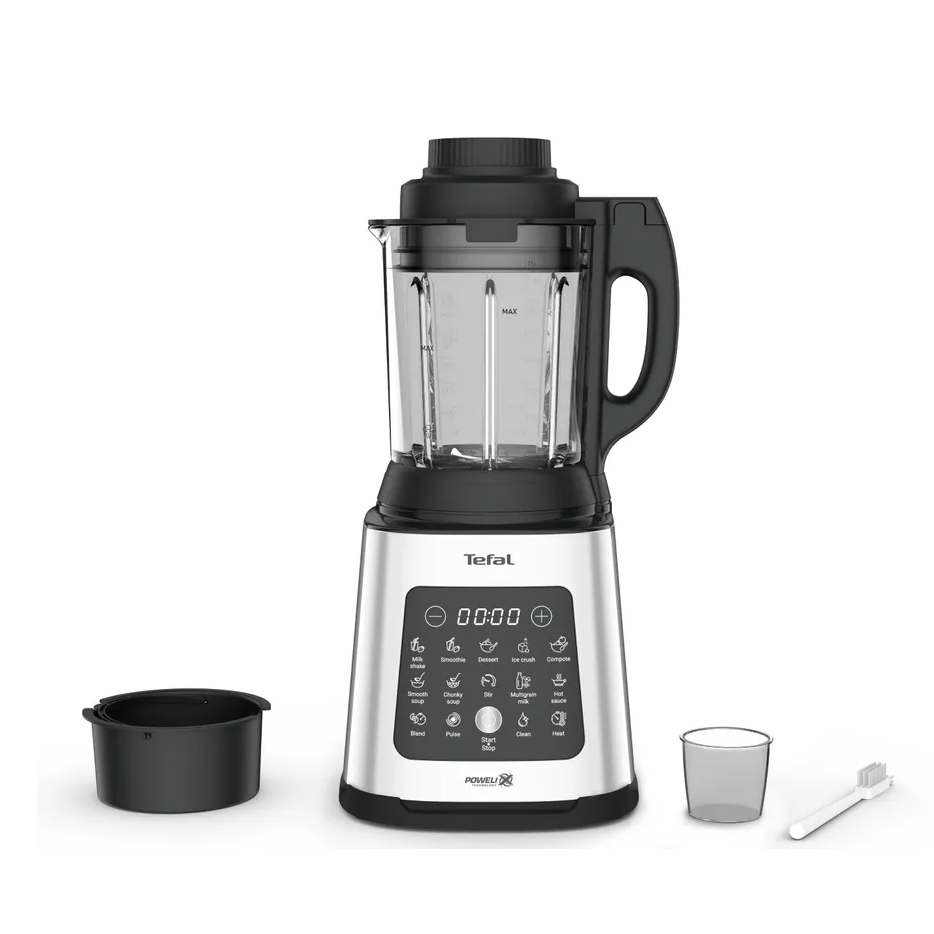
Whilst this can't juice and blend, it can do just about everything else. Forget about smoothies, dips, and ice cones (it breezed through those). This can make hot soup, it can chop onions, and sautee, make sauces, and so much more.
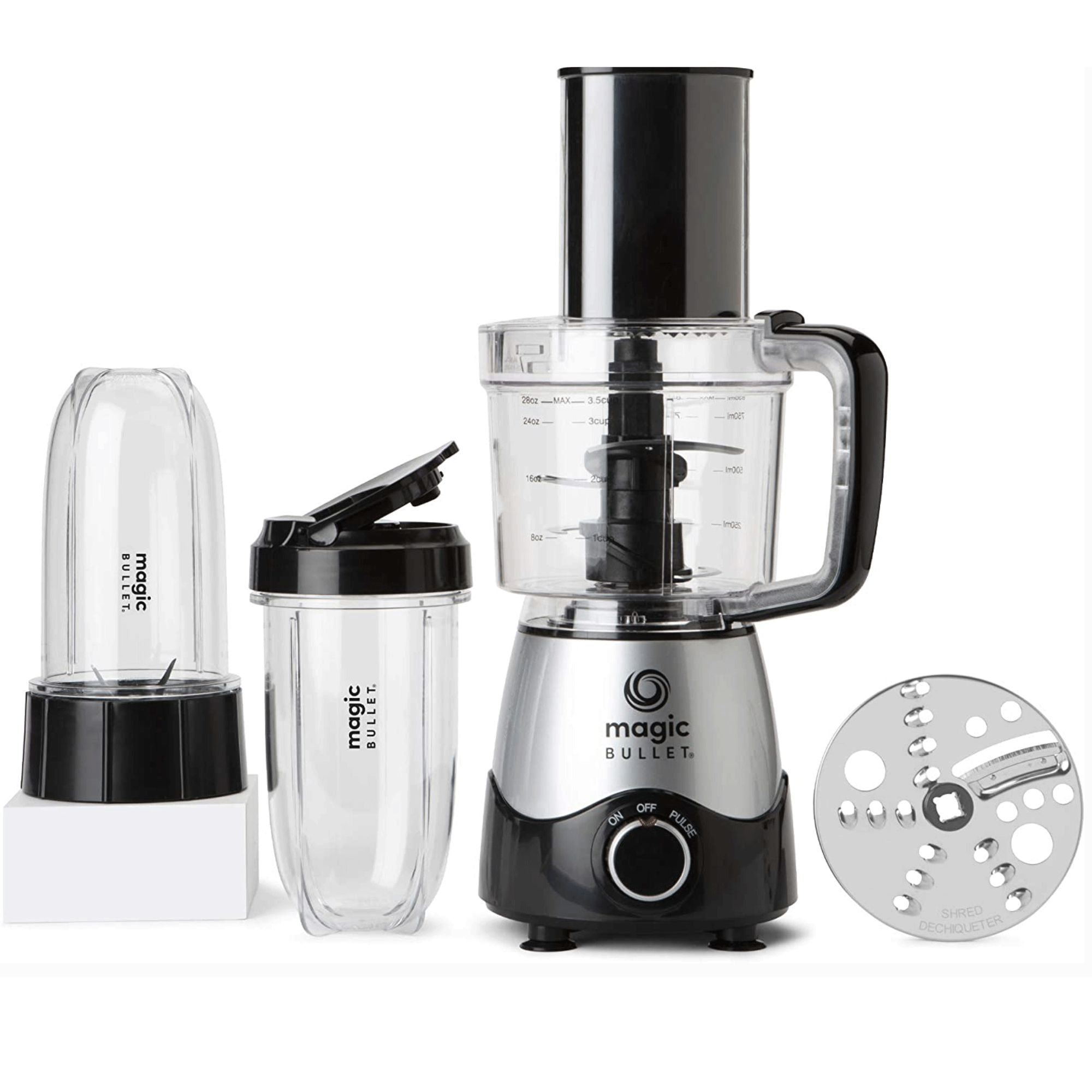
You'll recognise this from the blending section, because Magic Bullet are the experts at budget blending, juicing, and cooking in general. This nifty little machine makes excellent smoothies (as well as working as a food processor too).
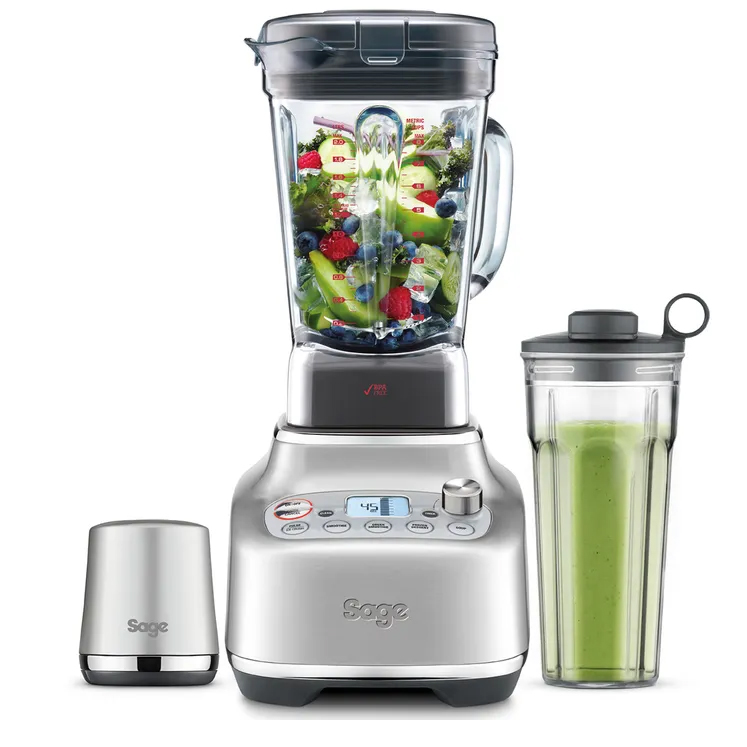
I gave you a beautiful juicer, so it's only fair that I do the same for blenders. This premium model works quietly, and efficiently. It can make soups, smoothies, and I'd say it could get close to centrifugal juicing too.
What is better, juicing or blending?
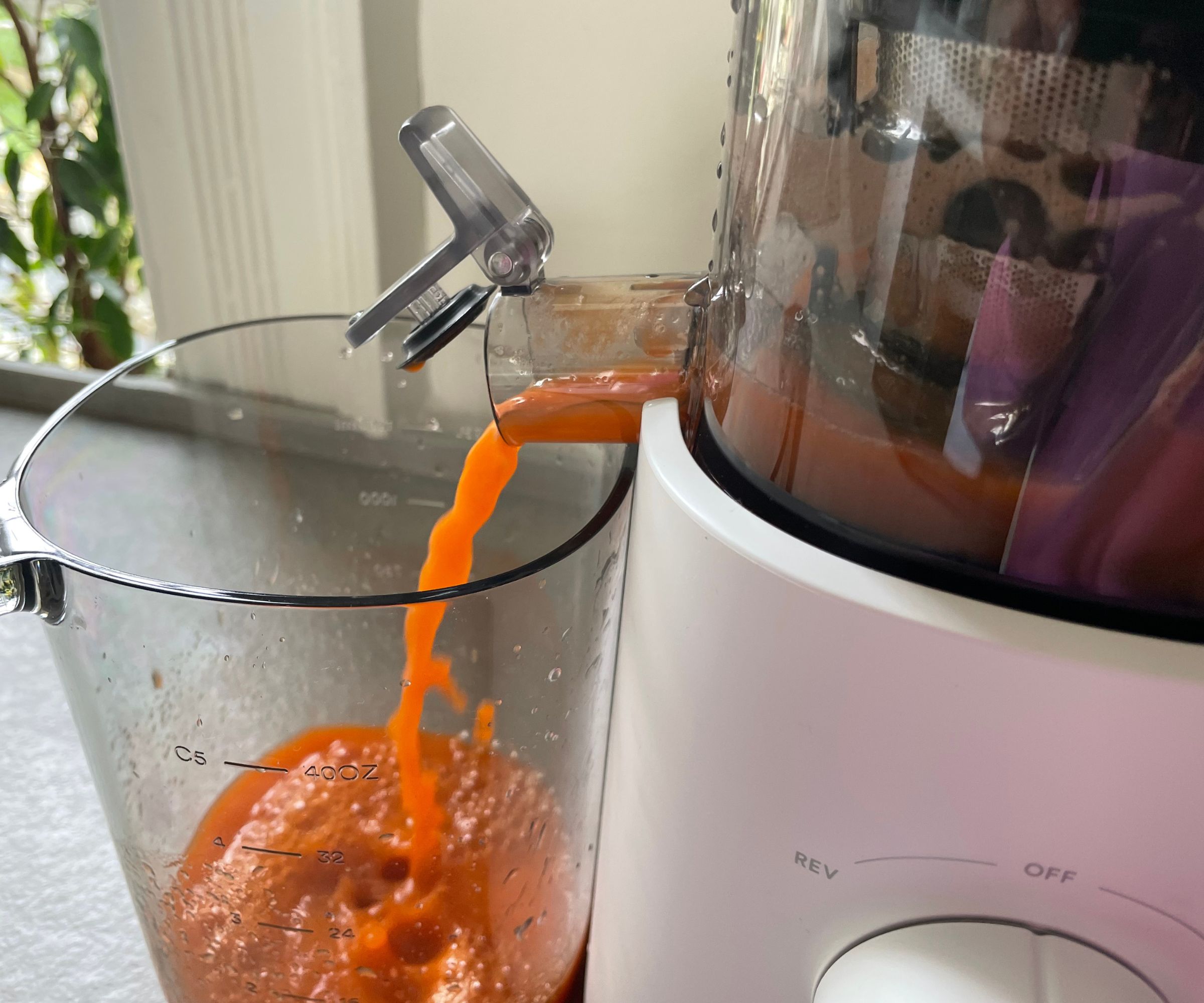
“Juicing and blending both have their benefits so it’s not a one or another sort of situation," says Julia Harvey, director of operations at holistic wellness company Bodyism. "If you are looking to increase your intake of fruits and vegetables then juicing offers a good way to cram in a lot of ingredients in just one glass, as it removes the fibre and pulp from fruit and vegetables and so slims down their footprint, so to say."
"At Bodyism, we also add in our plant-based food supplement powders, which are great mixed into both juices and smoothies for an extra boost of minerals and antioxidants.”
Below we take you through the pros and cons of each, so you can make a decision based on your personal needs.
Benefits of juicers
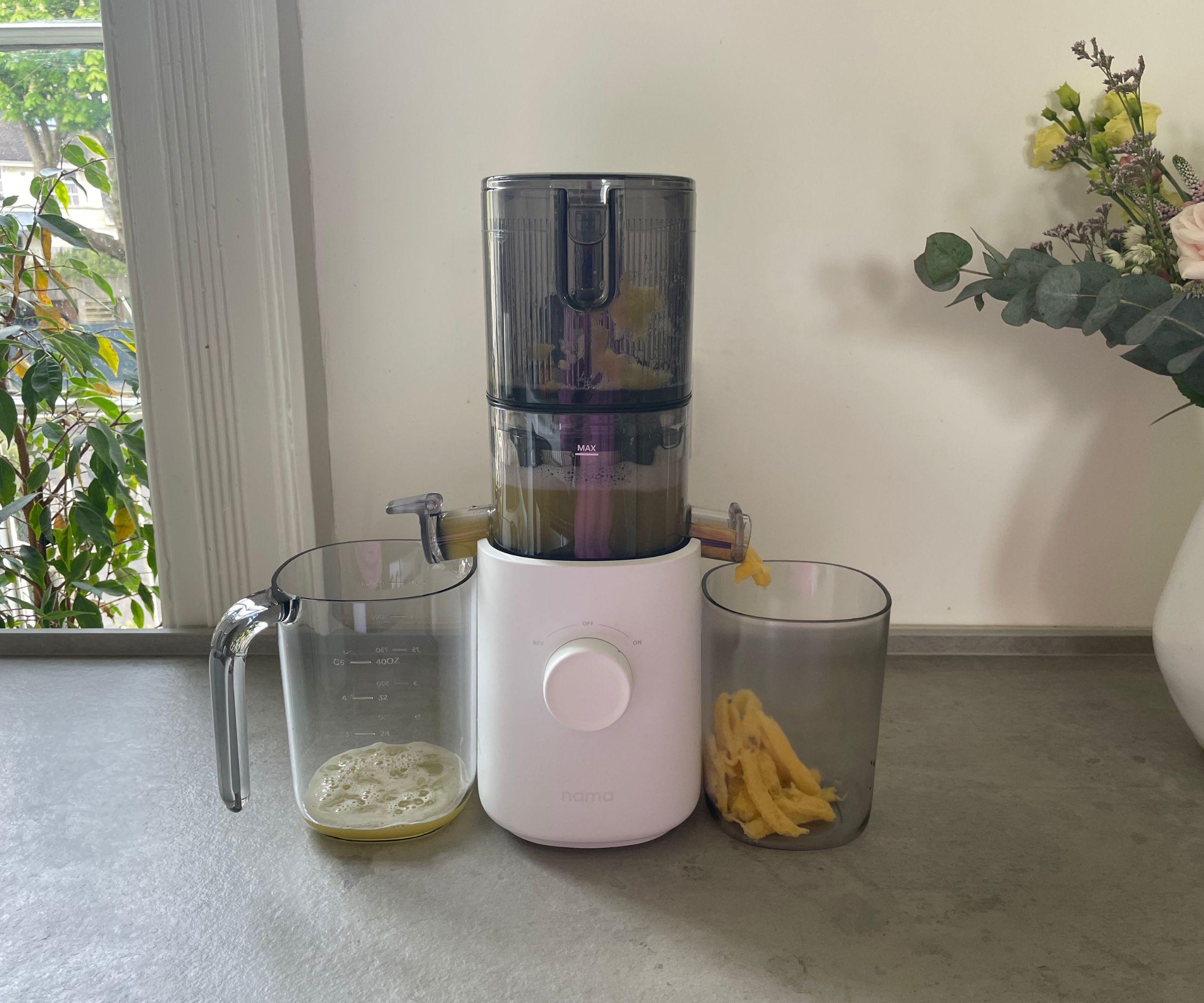
Juicing offers some obvious benefits as well as some more surprising ones too. For starters, "incorporating juices into your daily routine can be a great way to up your vitamin and mineral intake day-to-day," says Claire Hughes, Director of Own Brand Product Development and Innovation at Sainsbury's, "especially when such busy schedules mean we sometimes lack the time to prepare nutrient-dense foods."
You might also need a hand increasing your produce intake without adding lots of fibre to your diet. Whether you're post-intestinal-surgery or low FODMAP, juicing can be a gentle, helpful way to still get your fruits and vegetables in.
Cons of juicers
There are lots of mistakes that people can make when they're juicing. Claire Hughes, Director of Own Brand Product Development & Innovation at Sainsbury's, says "common mistakes include not utilising enough vegetables or sticking to the same ingredients each time, which can limit the variety of nutrients you receive. Whilst fruits give juices their natural sweetness, try opting for diverse ingredients that are naturally lower in sugars, such as vegetables or watermelon, to help keep blood sugar levels at bay. For example, our new by Sainsbury's Raw Pressed Juices are watermelon juice based, which makes them up to 45% lower in sugar than many other juices on the market."
There are also some other wider-scale issues with juicers in general. They are very one-dimensional in the sense that they can often only make juice and they will come with lots of little parts, which can make the clean-up more of a task.
Benefits of blenders
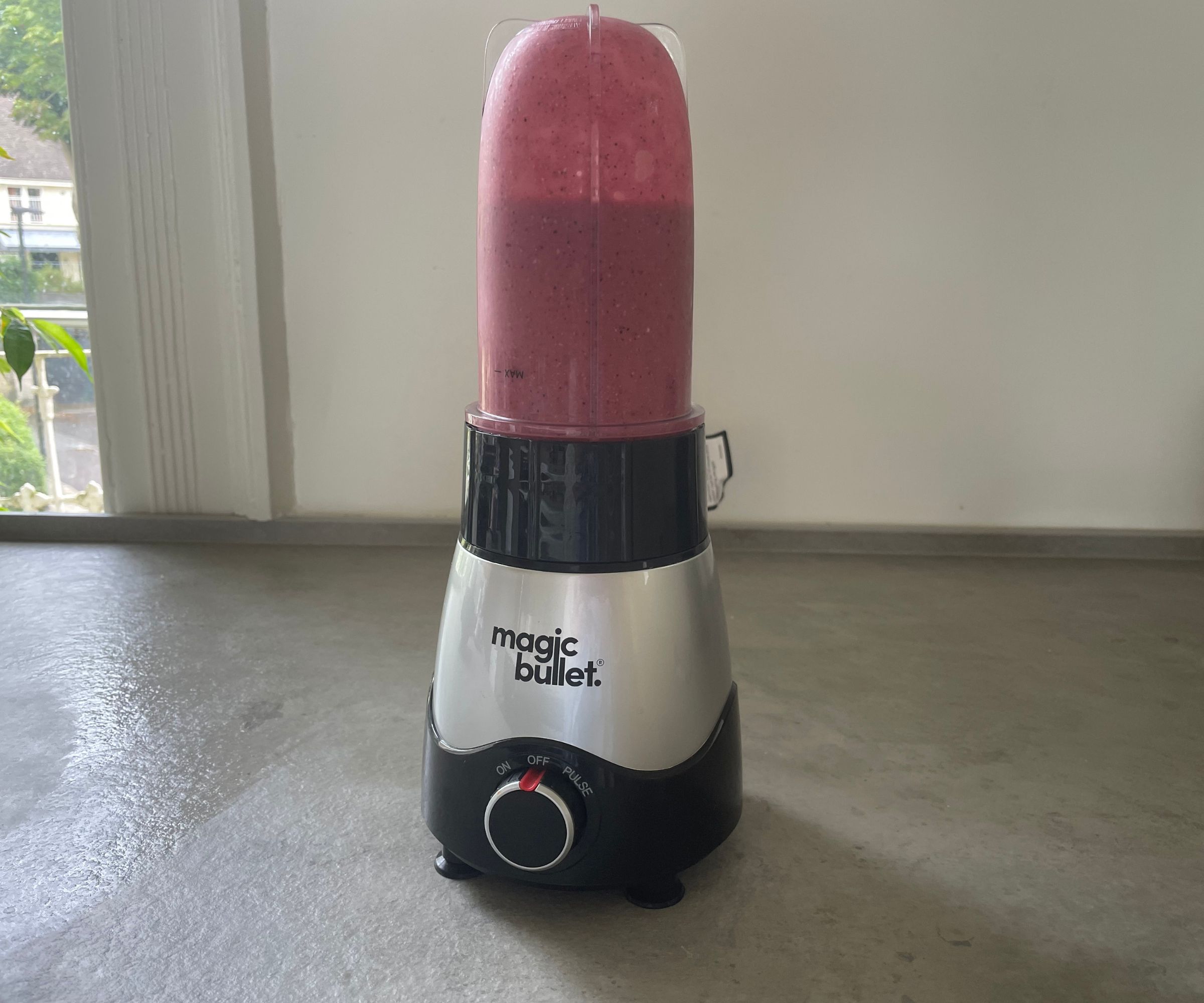
- Some can crush ice: “Some blender models can crush ice, but you’ll have to check the model you have or are buying to be sure it has a strong enough motor and in some cases an ice-specific setting,” explains w&h's food director Jen Bedloe.
- Blenders offer differing speeds: You’ll find that most blenders have various settings, which means you can vary the speed of your machine depending on what you’re looking to whizz up. Blending more slowly might retain more texture, for instance, while a quick pulse is great for dips. Turning things up a notch will result in a lovely smooth consistency, perfect for things like smoothies or even quick recipes like pancake batter.
- Blenders are easy to clean: When it comes to cleaning, we all want an easy life. Typically blenders are easier to clean than juicers, as they come apart into fewer sections. If you already own one, you might like our guide on how to clean a blender in just a few simple steps. Following our how-to each time will keep your machine well-maintained, helping to prolong its life.
- They save you a lot of time: There’s nothing like a shortcut when it comes to kitchen tasks, and a blender will help you speedily get through jobs that might take a lot longer when done manually, like chopping.
- They're able to mix dry ingredients: If you’re making something that requires you to mix a lot of dry ingredients, like homemade hot chocolate powder for instance, your blender will become your best friend. Simply tip everything in, give it a couple of pulses and you’ll have a perfectly blended dry mix.
- They offer fibre retention in recipes: “Fibre retaining is a main pro of using a blender which is essential for digestive health” comments Sandra, adding that fibre “helps regulate blood sugar levels.”
- Blenders are super versatile: Sandra goes on to say: “Blenders are also very versatile and can be used for a wide range of recipes including smoothies, soups and sauces - a very valuable kitchen tool.”
Cons of blenders
- They can be noisy: There’s no getting around the fact that blenders are noisy gadgets. They emit a buzz as they work, so it’s worth working out how much sound your chosen model will generate, and weighing up whether you can live with the trade-off (we’d be inclined to think it’s well worth it).
- You have limited control on speeds: Blenders typically don’t have as much control as a food processor, for jobs that require a level of texture. Think salsas or a sofrito base for a Bolognese. Instead, you tend to get a pretty smooth finished texture.
- Not everything can be blended: There are things you should never put in a blender, to avoid damaging the blades.
Juicer vs blender: what is healthier?
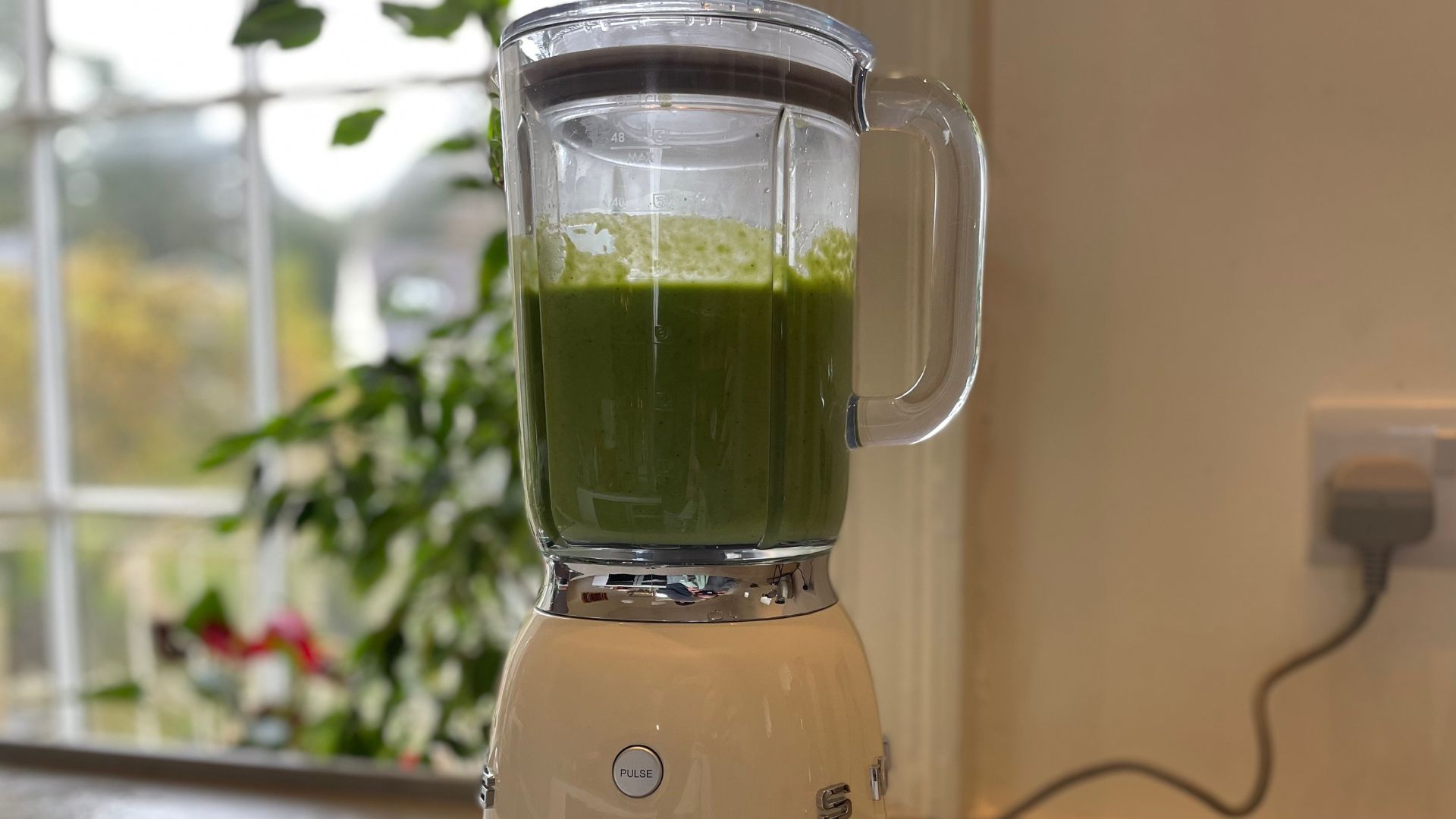
There isn’t a right or wrong answer when it comes to smoothies or juices being healthier for you. As mentioned above, juices allow you to pack in loads of nutrients in one glass, as they strip out the flesh and pulp of fruit and vegetables. On the other hand, smoothies allow you to keep all that good fibre in your diet, by blitzing everything together.
Rose Fooks, w&h’s deputy food editor suggests a blender might be more helpful if you’re deciding between the two machines. “Blenders are multi-functional, so offer much more diversity in terms of kitchen practicality. You can make batters, blend soups and bring together smoothies in minutes in a blender, whereas a juicer is pretty much made to do one job, and that’s juice."
"You can make juice from a blender by passing the mixture through a fine sieve or cheesecloth, but it’s not a practical process if you’re looking to regularly drink juice. I’d suggest investing in a blender first and foremost - if you’re a keen cook and will use it for other jobs in the kitchen - and add a juicer at another time if you find yourself drinking lots of juice, a point where you know you’ll get good use out of it “
Rosie Conroy is a food and drinks journalist with over a decade of experience working for big-name titles in both print and online. Formerly the Digital Food Editor of woman&home, Rosie went on to head up the team at SquareMeal, reviewing the best London restaurants and hunting out emerging culinary trends. With previous experience in food styling and recipe development, Rosie knows what to look for in a good piece of kitchenware and has extensive experience testing consumer goods—from kitchen electricalz and cooking accouterments through to new foodie treats.
- Laura HoneyHomes Ecommerce Editor
